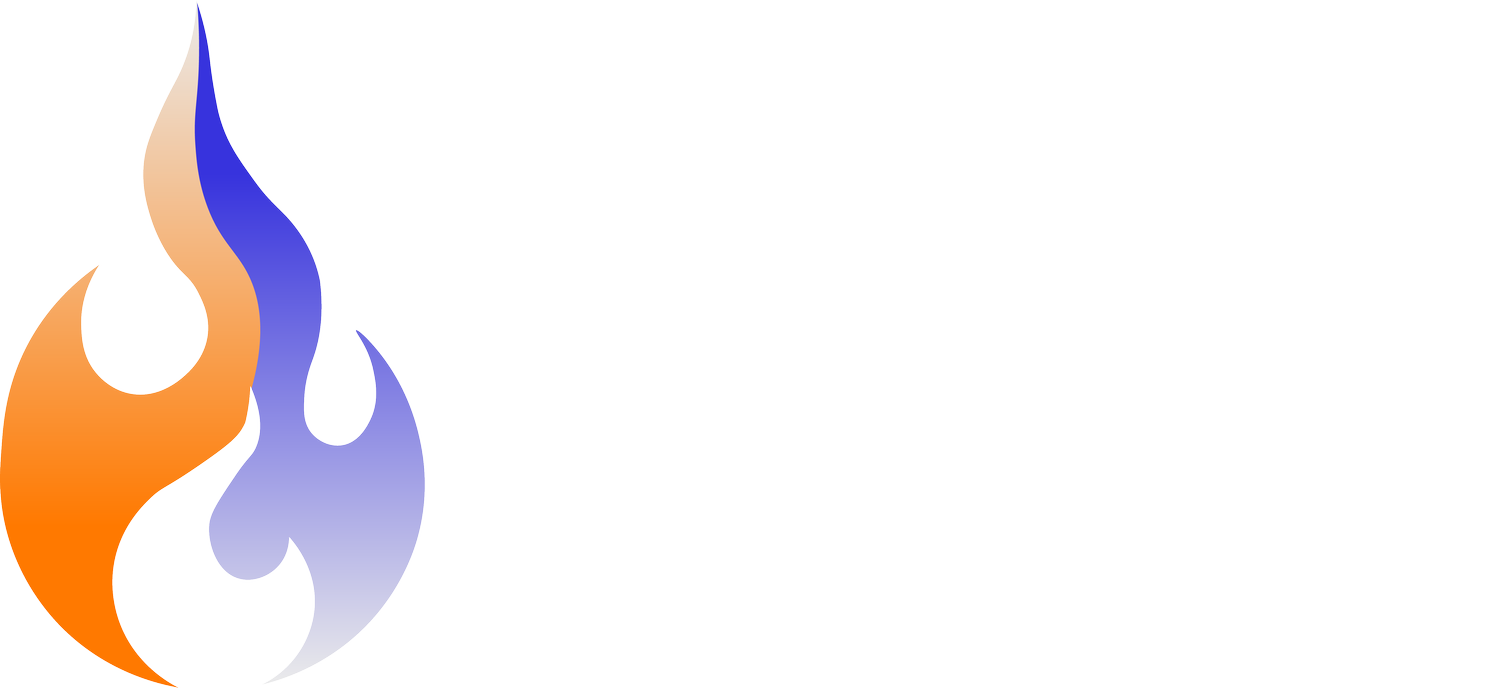Know (and apply) your muscle anatomy
We talked recently about the importance of technique (read that article if you haven’t already).
There are four key areas you need to consider when interpreting movement:
Line of pull/force
Muscle anatomy
Joint action/s
Range of tension
Let’s take a few moments to break down each factor:
1. Line of pull/force
The line of pull or force describes the direction of resistance, and force being imposed and exerted on muscles / muscle groups. It’s the physical direction that the muscle is moving against.
For instance, when doing a side raise, the line of force is directly down towards the ground.
2. Muscle anatomy
Understanding the shape of a muscle, its fibre orientation and how/where it attaches to the skeleton gives key information on how to train it.
First, you need to be aware of muscle shape and fibre orientation. The variances in muscle structure i.e. fascicle orientation, give us an indication that we need to adopt a multi-planar / multi-angled approach to hypertrophy.
In other words, you need to know which way muscles will stretch and by how much. Some muscles can be worked in multiple directions, while others have a narrower range.
Skeletal muscles, those that attach to the skeleton, can be categorized into four groups based on its anatomical arrangement:
Parallel: A muscle with a common point of attachment, with fascicles running in parallel to each other. Examples are bicep and sartorius muscles.
Convergent: Convergent muscles have a common point of attachment from which the muscle fascicles extend outward, not necessarily in a parallel pattern, allowing the muscle to cover a broad surface. An example of this is the pectoralis major.
Pennate: These muscles have a tendon that runs through the length of the muscle. The fascicles pull on the tendon at an angle, meaning they don’t move far or have limited contractile range of motion. There are 3 types of pennate muscles; unipennate, bipennate and multipennate. An example of a bipennate muscle is the rectus femoris, which sits between the knee and the hip.
Circular: A ring-like band of muscle that surrounds a bodily opening, constricting and relaxing to control flow, like the muscles surrounding the mouth. It is important to mention this is not a skeletal muscle type we train for strength and hypertrophy.
Finally, make sure to take into account the origin/insertion point of the muscle. These are the points where the muscle attaches to the skeleton.
The ‘origin’ is a fixed position while the ‘insertion’ is free-moving. The origin is usually the proximal or ‘closer’ attachment point, while the insertion is usually the distal or ‘further away’ point. When a muscle shortens/contracts, the insertion point will move toward (get closer) the origin.
3. Joint action/s
Joint action (or actions) is the motion that happens at the joints. All joints have capacity for movement. That movement is dictated by the structure of the joint and its connective tissue. You need to be aware of each joint and how it can move when you’re working with people to train them and improve their physical fitness.
4. Range of tension
The range of tension is the amount of tension placed on a muscle as it moves. All muscles have a contractile range and the range of tension is how far through that range and how forcefully the muscle is being stretched.
Having a solid knowledge of these four factors is essential for professional trainers. It allows you to understand how much pressure can be put on what muscles and in what directions. Failing to understand these factors can quickly lead to injured clients and a loss of business.
Want to learn how to apply all of this and efficiently program for your clients? Listen to ep 137 of the STCfit Learning Podcast.

